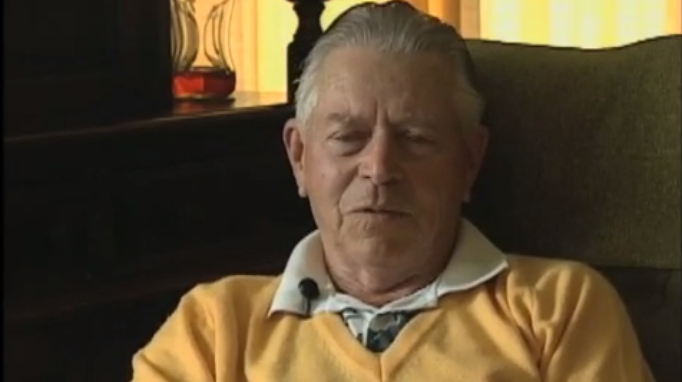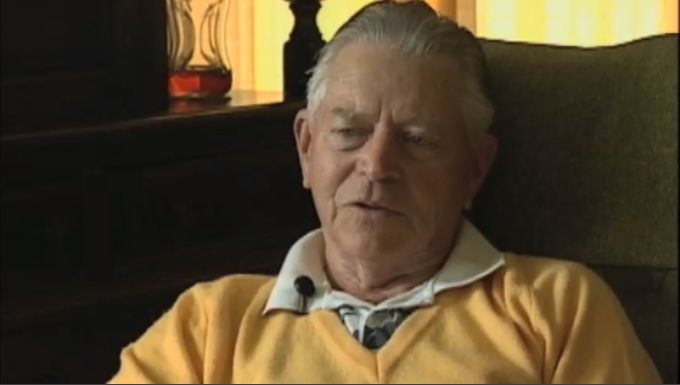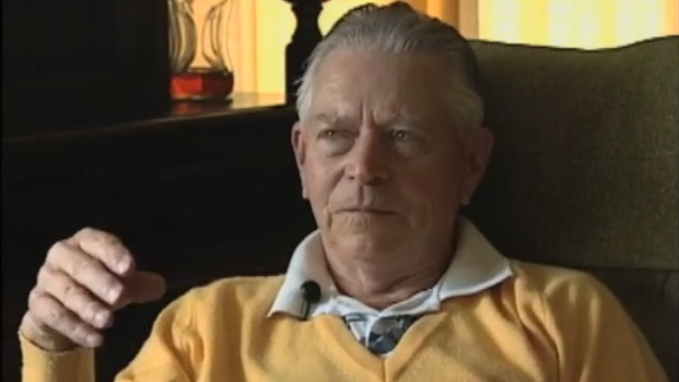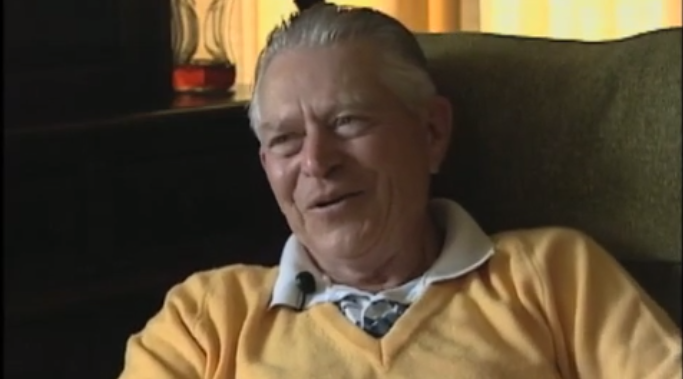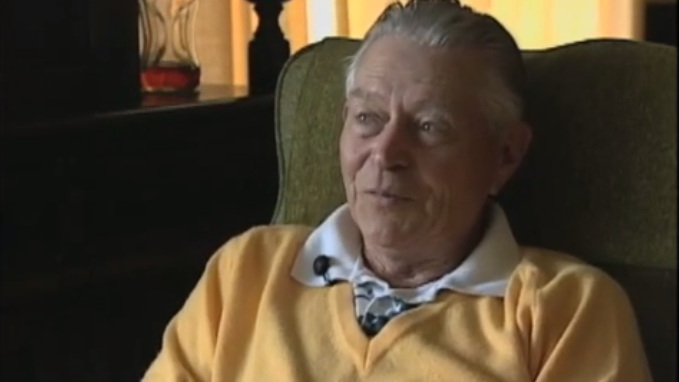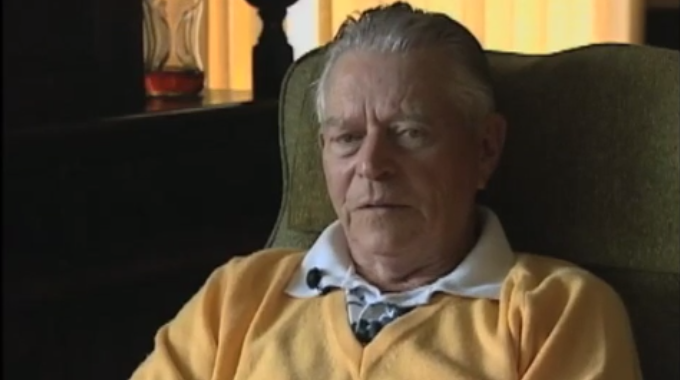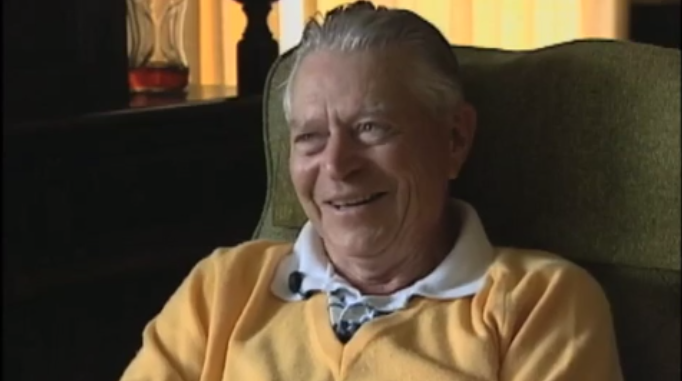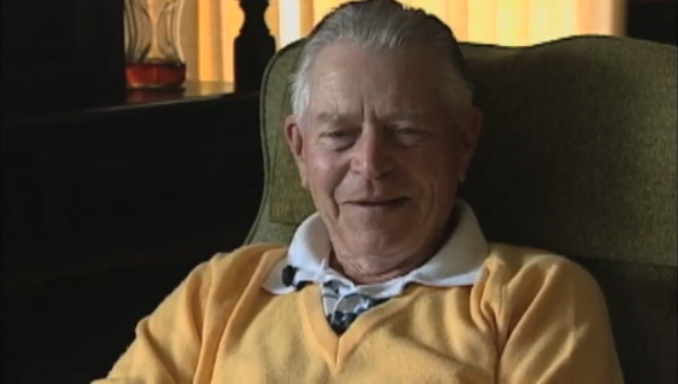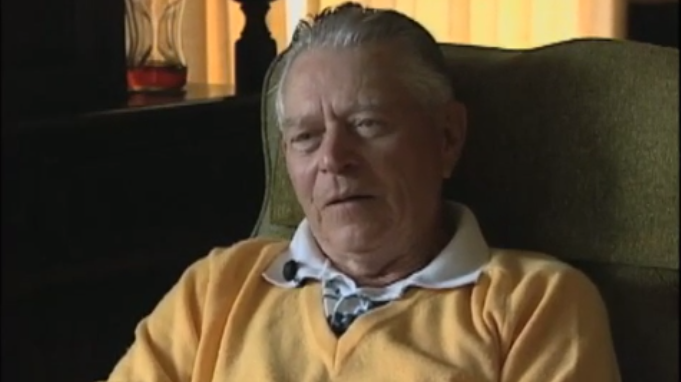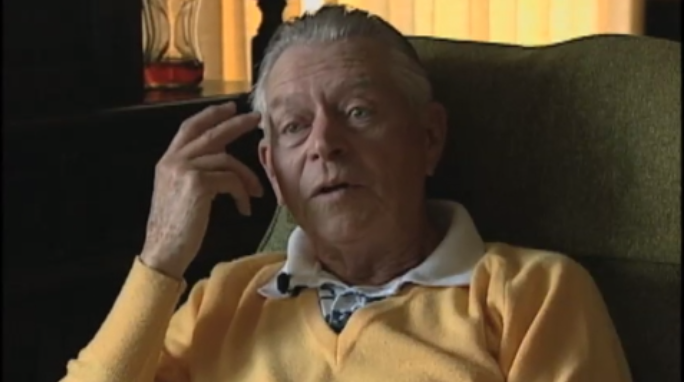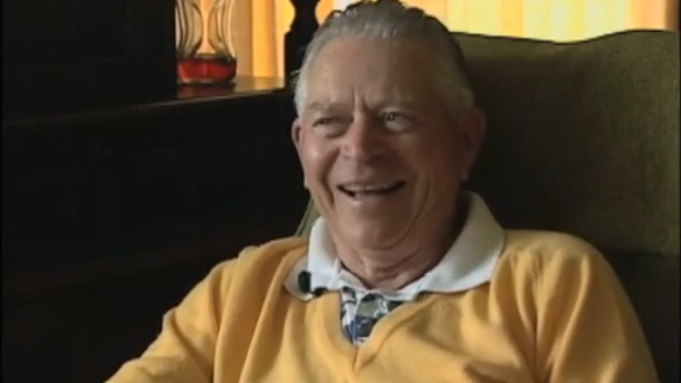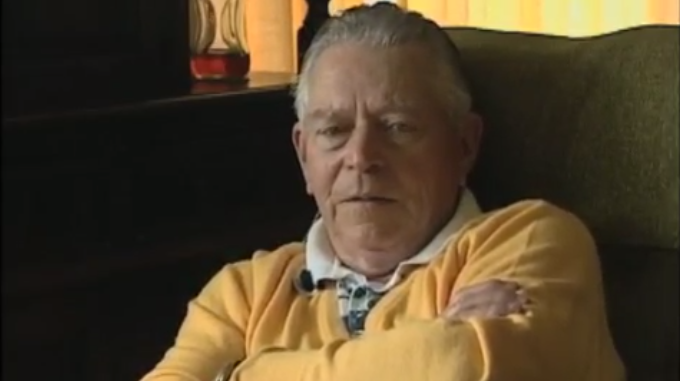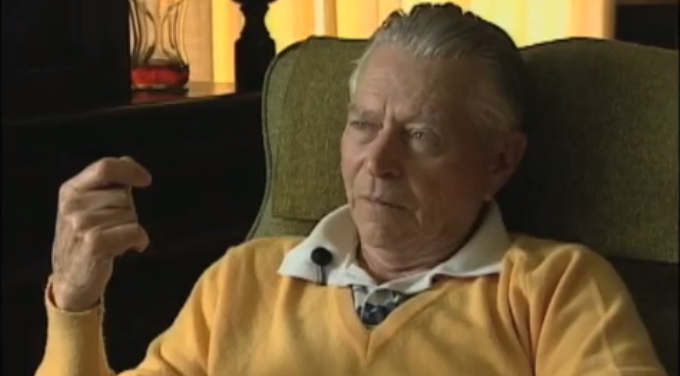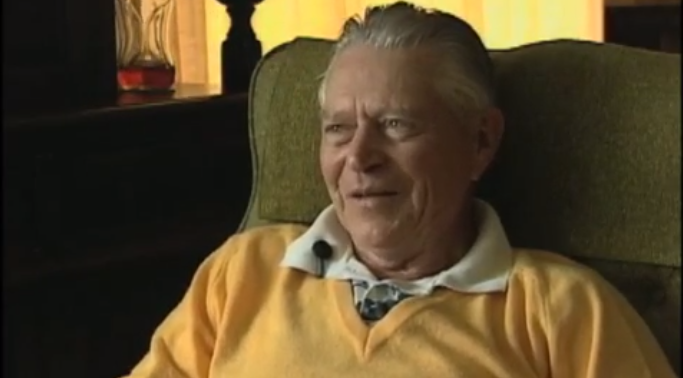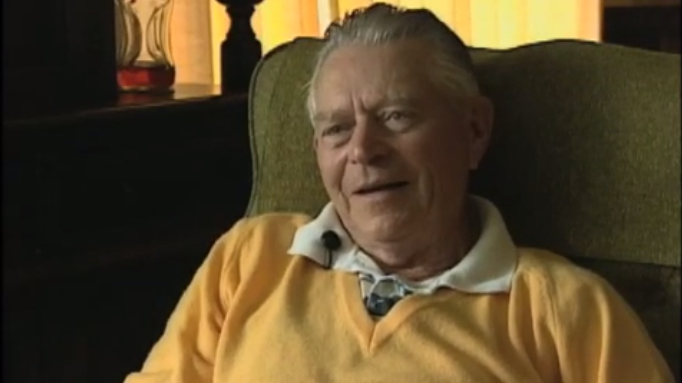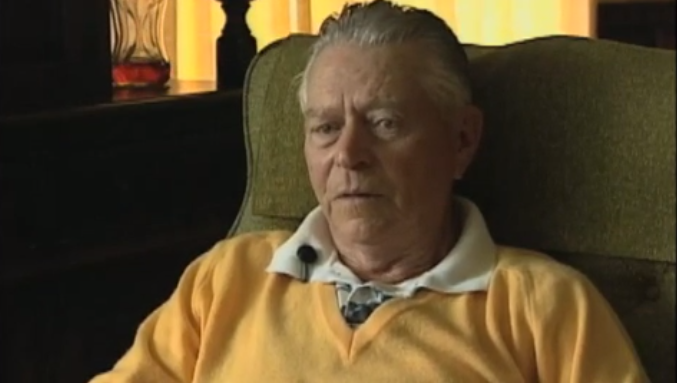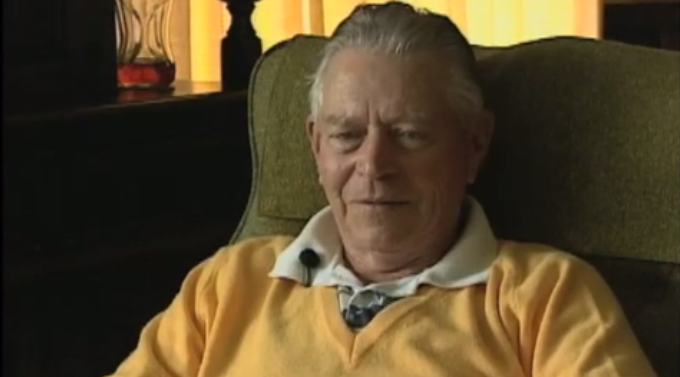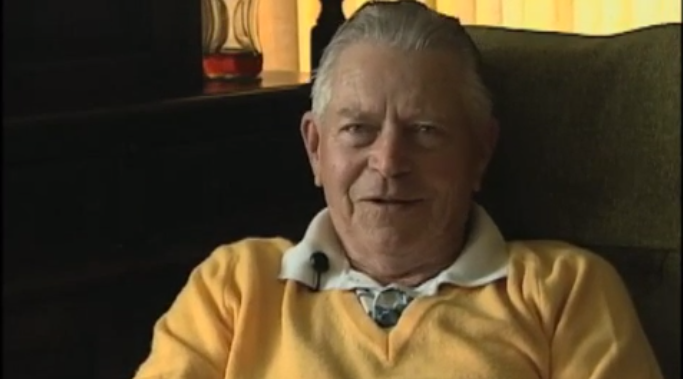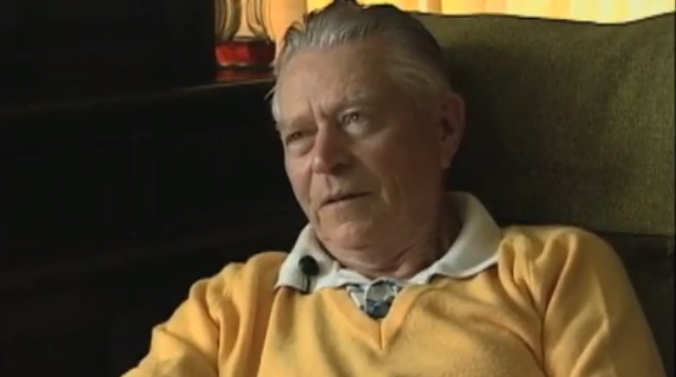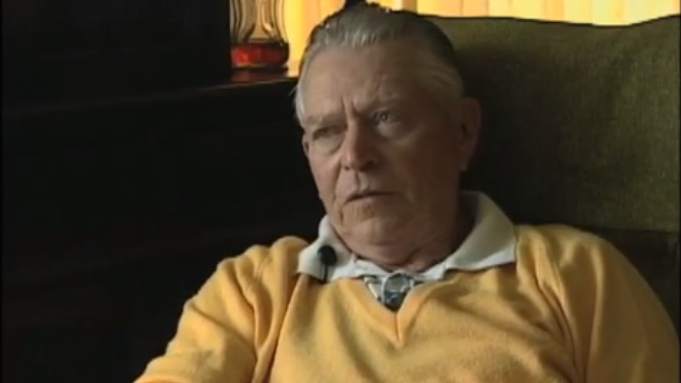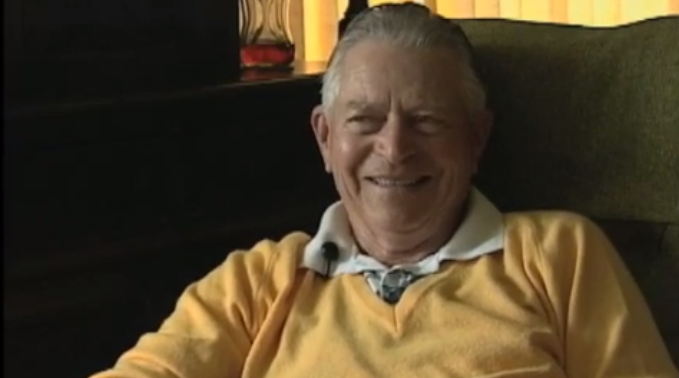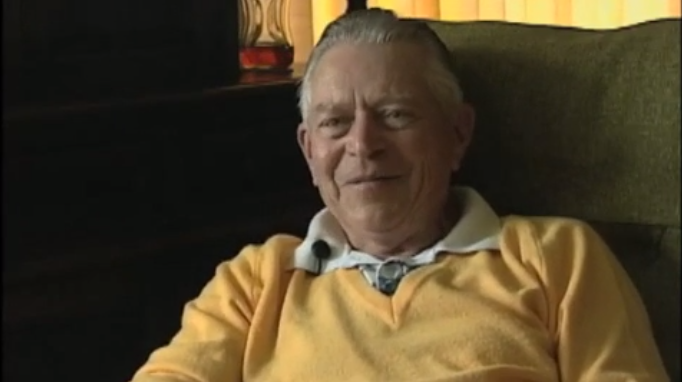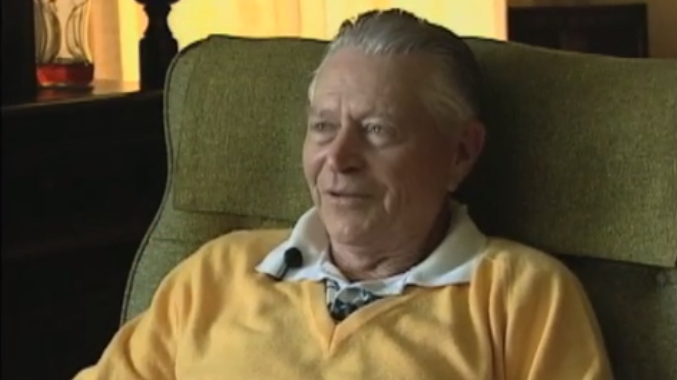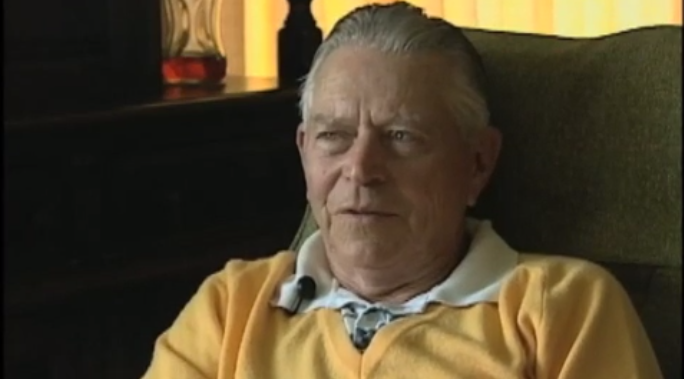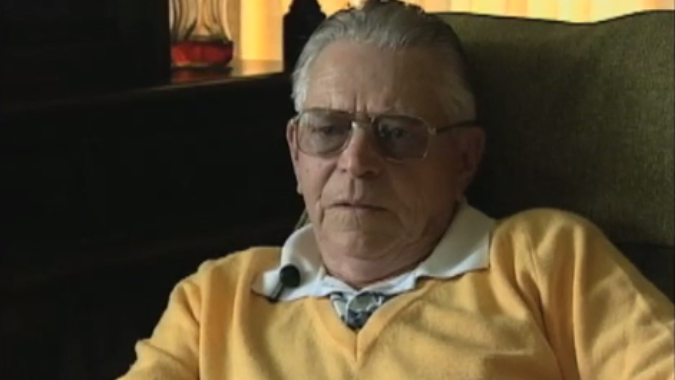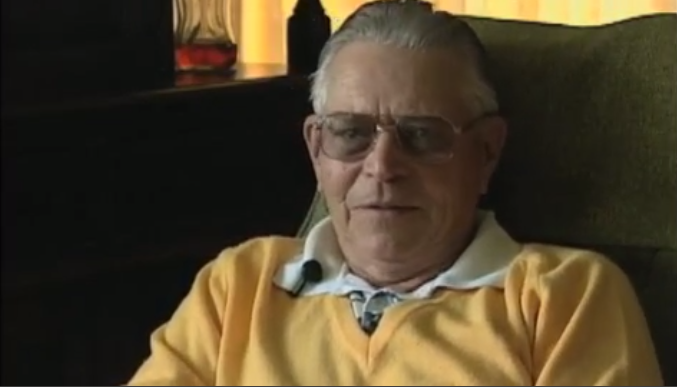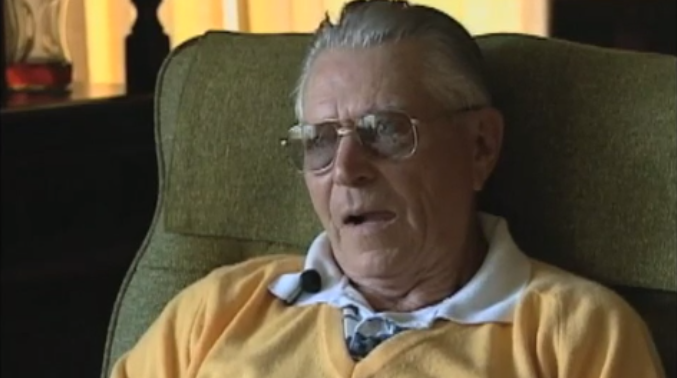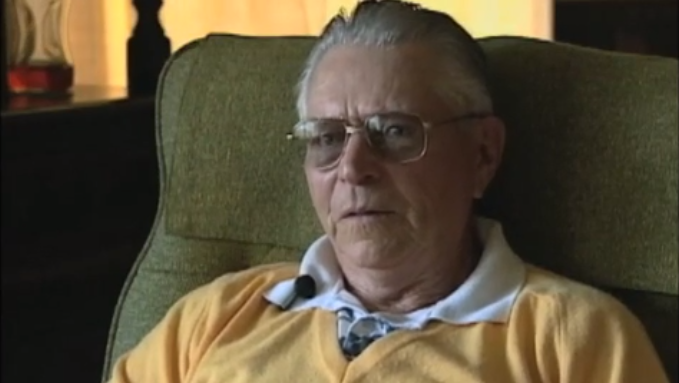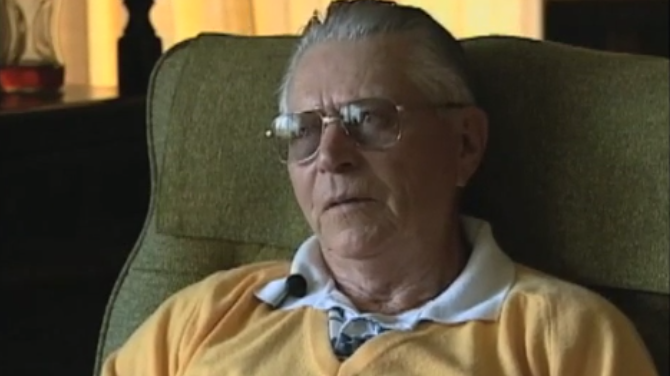To Become an Ace
Heroes Remember
To Become an Ace
Transcript
To Become An Ace Let's Start Counting In Africa
Interviewer: How many air planes did you shoot down? Oh, I was afraid you wouldn't ask! Well, let's say that on my first op out there, I'm flying out of a base near Tubruq, doing a bomber escort over Martuba, an enemy fighter field, I shot down my first 109. That was my first trip. And they...I managed to get a few after that and at the end of that campaign, we were talking about in Tunisia, the wing was going out to do the patrol and was led by the wing commander and he called up to say his air plane was unserviceable and would I lead it, you see, I was going along as his number 2. So I led the whole wing out there, which puts me in the front of the spear head, see. When we arrive in the bay and I see all these things burning on the water, and I thought it was all over and finally, just in front of me is a big transport, the 6-engine, and all I have to do is turn a little bit and fire. And it just broke up like a stack of cards and fell in the ocean. And that happened to be the last one that was in that group. So that's the first and the last. In between, I did about 200 missions, operational missions, and the score, I had at that time was I had 15 air craft destroyed and about 8 probably destroyed and a whole bunch damaged, enemy, plus bombing and strafing. Interviewer: How many operations at that time, Mr. Edwards, had you completed? About 360. No more than..a little more than that. 370. Interviewer: And a normal tour of duty would be how many? Well, the reason it used to be 200 hours and a Spitfire, that could be...I did 250 trips to do 200 hours in a Kittyhawk Spitfire. My first tour was 250 trips and then I flew more than 80 in Italy and then a whole bunch more in England, and then I came home. But they had found me at...in London. You see, they didn't know everything that was going on but they tried to catch up. Interviewer: By the time they caught up with you, Mr. Edwards, how many planes had you shot down in all? I had 19, confirmed. Interviewer: And how many probables? I think it was...I was still going with... maybe it was 12, but I think I was still going with the 8, and some more damaged. And not everybody is aggressive enough to do it. You had to be a certain type. You can't tell from looking at a person. I found that out. You couldn't tell anything from how brave he would be or how good he'll be. He had to do it and you had to operate with him and then it came out. Sometimes the quietest ones and the smallest ones were the ones that came to the top. They were very strong characters and this doesn't always show. It very seldom shows. They were in a way professionals in things that they did, even if it was drinking. And they were very loyal, both to themselves and to their friends. That sort of thing. You had to... And they were strong people like you look at them as a rod that you can't bend, you know. Only if he wants to bend or should be bent.Description
To become an Air Fighting Ace you needed to have five confirmed kills and a very special character. By the time he came home after D-Day, Mr. Edwards had become one, many times over.
James Francis Edwards
Mr. Edwards was born on a farm near Lockwood, Saskatchewan on June 5th 1921. His father, a First World War Veteran, kept horses until the depression forced him to move the family to Battleford where he became an insurance salesman. His mother had been a nurse during the First World War. In June 1940, Mr. Edwards enlisted in the Air Force. He was sent to the Brandon, Manitoba to do his Initial Training, then to Edmonton, Alberta for Flying School. After completing Flying School, Mr. Edwards was sent to overseas. He was assigned to 55 Operational Training Unit in Osworth, England where he flew Hurricanes. From there he was posted to Africa to take part in the Desert Campaign. Among many battles and operations, he took part in the El Alamein Battle (Egypt) and the Tunisian Campaign. In Egypt, he was promoted to Flight Lieutenant. After a period in Cairo running a gunnery school, he was called back to combat in Italy. There he fought in the Battle of Ortona and Anzio and he was given his own squadron, the RAF 274. He was shot down on his first flight as squadron commander. Surviving, he and his crew were sent back to England to take part in D-Day. He would also fight in Holland and Germany. In total, Mr. Edwards served two tours of duty, flying over 360 missions. He had more than 19 confirmed kills. After the war was over he returned to Canada and continued service with the air force retiring as a wing commander.
Meta Data
- Medium:
- Video
- Owner:
- Veterans Affairs Canada
- Duration:
- 05:07
- Person Interviewed:
- James Francis Edwards
- War, Conflict or Mission:
- Second World War
- Location/Theatre:
- Africa
- Branch:
- Air Force
- Units/Ship:
- RAF 260 Squadron
- Rank:
- Flight Lieutenant
- Occupation:
- Pilot
Related Videos
- Date modified:



